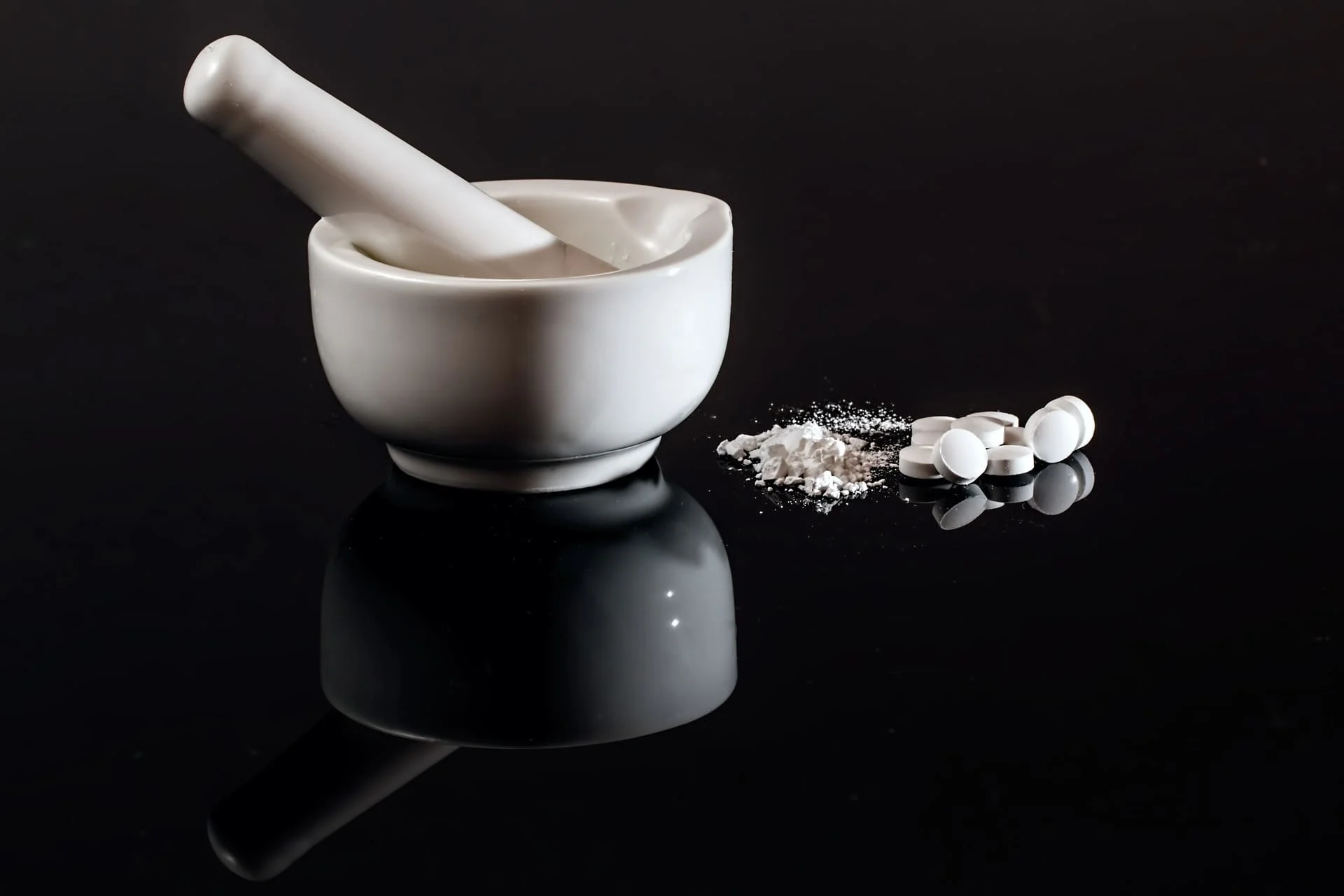During a drug analysis, there is a series of operations that consists of sampling, evaluations, and many more. Reference standards got their existence from biological assays, but to this day, reference standards are being used to analyze drugs and pharmaceuticals worldwide. This is only possible due to the introduction of newer methods such as chromatography and spectrophotometry. These methods of research have given a new meaning to pharmaceuticals reference standards.
A vast number of organizations worldwide now follow the application of reference standards in ascertaining the quality of the drugs. Both international and national organizations, including professional organizations, now follow establishing reference standards for the best results. With reference standards, organizations working with drugs and pharmaceutical products can achieve the accuracy required to control.
Each standard issues for a particular purpose and is advised not to be used in any other applications apart from specified. Reference materials are a substance or a material that have homogenous property value. They qualify to be used for the calibration of the apparatus as they offer the best results. On the other hand, certified reference material is a reference material with a certificate issued by the certifying body. There are certified reference standard suppliers that have the right to supply drugs and pharmaceuticals having certified authenticity.
Types of reference standards:
There are two types of reference materials that are mentioned below.
Certified Reference Material:
If certified by technically appropriate procedures and have valid documentation for the same, one or more property values of the reference material qualify to be certified reference material. Pharmaceuticals reference standards suppliers provide certified pharmaceuticals and drugs worldwide.
Chemical Reference Substance:
A chemical reference substance is a uniform material used for chemical and physical tests. The test helps to ascertain the properties compared to the properties of the product under examination. This reference substance is authenticated and possesses a degree of purity.
Reference standard materials are broadly classified into four main parts mentioned below.
Assays: This determines the potency in salts and pharmaceutical ingredients that are active.
Degradation products: This is used to identify the degradation product. It has helped to quantitate the same.
Process Impurities: Process-related compounds are identified and then quantitated.
Resolution: This is used to ascertain the assay performance.
One major thing to notice the use of reference standards in pharmaceuticals and drugs is to ensure patient safety. The identity, potency, purity, and quality of the drug are of utmost importance and safeguard this reference standard. There are qualified reference standards present that are compared with the current one. This ensures that the accuracy of reference material is maintained during the manufacture of quality drugs and pharmaceuticals.
Primary Reference standards are designated substances highly appreciated as it has the appropriate qualities required and a specified context. API’s label is significant as the value is accepted as long as it is stored and used according to its instructions. Reference standards not only help to determine the product assay but also helps to detect impurities present in the sample and release raw materials for in-process monitoring.

